How do you make your mark with your mHealth solution without funding?
This is THE key question for nearly all mHealth entrepreneurs.
Does the technology pave the path to profits?
Or does marketing unlock the key to building a viable, sustainable business?
Embrace Her Health realized an opportunity created from the Affordable Care Act. In response to ACA provisions and the impact on healthcare delivery, Embrace Her Health realized the need for women to take control of their own pre- and post natal health monitoring.
“Most women only see a doctor once a month during pregnancy, and these appointments are often short, said co-founder Aron Schuftan, MD. This is partly due to the introduction of Obamacare, which resulted in more patients for the same number of doctors. Enabling women to track their own pregnancies fills in those gaps and educates them about risks of which that they might not otherwise be aware.”
Over 250,000 women have used the Pregnancy Companion app, with over 500 doctors recommending it. For two years, the company bootstrapped to this level and currently seeks $1 million of seed funding to expand their team and apps to include infant care, fertility, breast feeding, and post partum care.
Certainly on the surface it appears that Embrace Her Health is an example of a successful mHealth app deserving of seed funding. But what spells the key to success? Should Embrace Her Health focus on technology… or does marketing make the difference?
According to triple degree MIT grad, Amir Hirsch:
“Technology is not a prerequisite for business success, but marketing is.”
It’s the MIT school of thought vs. the Stanford practice of taking marketplace action. The MIT company focuses on developing a superior technology, a technical advantage. They seek to develop a superior product and then find a market who will appreciate the technological advancement.
The Stanford company, on the other hand, gets the product out before it’s perfected. They form relationships with customers and build a customer following. They use feedback from actual users of the product to iterate, make money, and demonstrate market viability.
So which approach wins? Which has more risk?
It depends.
As Hirsch points out, the MIT way might result in a game changing technology, resulting in a $100 billion business… eventually. Meanwhile, the Stanford firm is worth $10 million today… and will easily attract seed funding.
So, the question for you:
Are you a game changer?
Or a marketer?
photo credit: Embrace Her Health
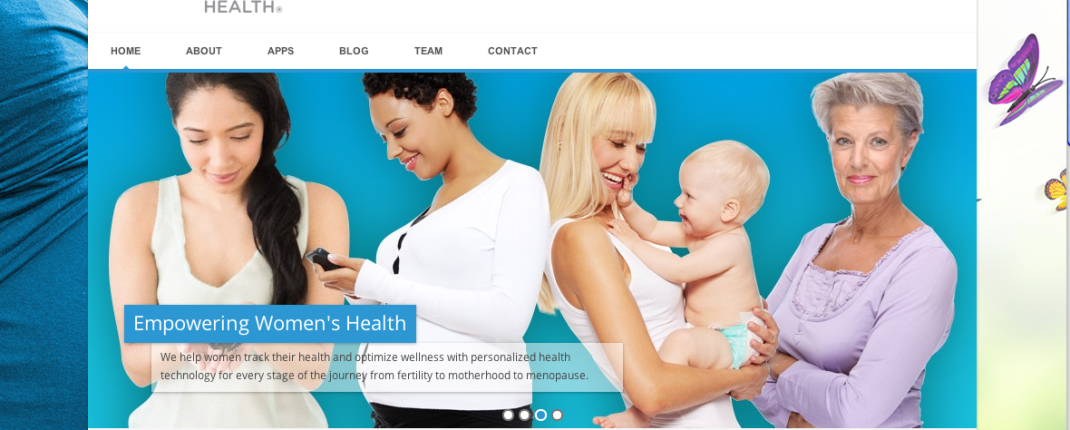


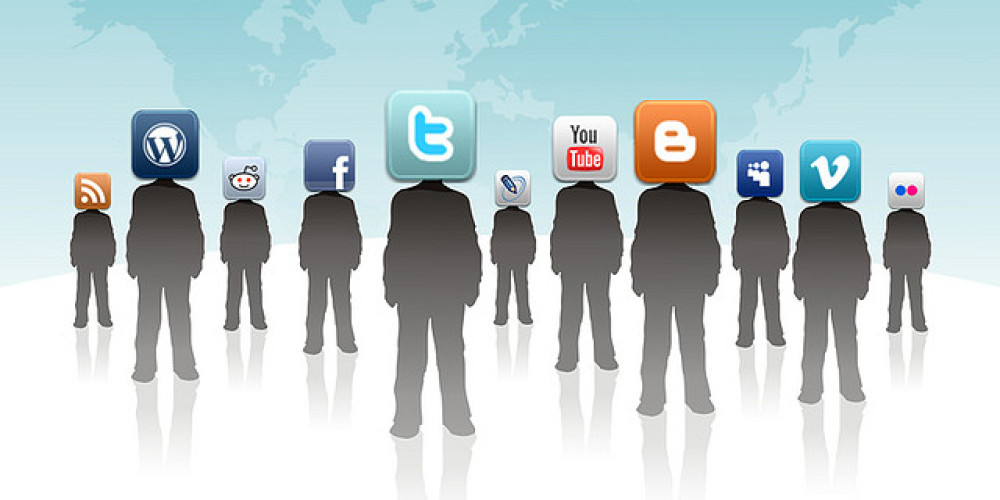

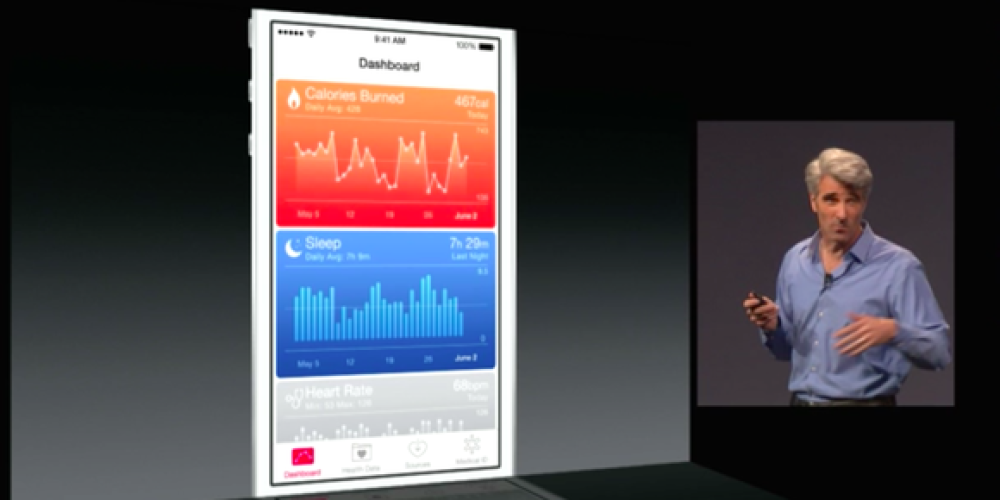

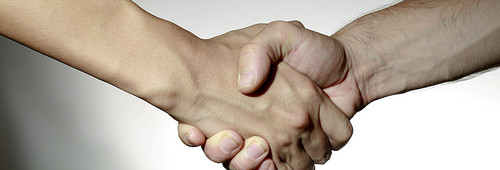
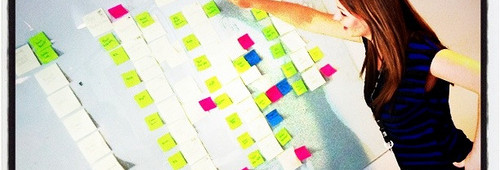
2 thoughts on “Bootstrapping an mHealth App”